Tatiana Chervova
Is reactive the new black? Imperative vs. reactive programming with Quarkus
#1about 2 minutes
Discovering reactive programming through a modern Quarkus project
A real-world project using Quarkus and a modern tech stack serves as the motivation for exploring the challenges and benefits of reactive programming.
#2about 1 minute
Examining the trend and debate around reactive programming
Reactive programming is a growing trend seen in conference talks and online forums, but developers hold opposing views on its complexity and practical adoption.
#3about 2 minutes
Contrasting imperative, declarative, and reactive code styles
Reactive programming is a form of declarative dataflow programming that focuses on 'what' to do, differing from the step-by-step 'how' of imperative code.
#4about 2 minutes
Meeting modern application demands with the Reactive Manifesto
The Reactive Manifesto outlines the principles of responsive, resilient, elastic, and message-driven systems needed to handle today's high-concurrency and large-scale data requirements.
#5about 4 minutes
Understanding blocking vs non-blocking I/O for requests
The imperative model uses a blocking thread-per-request approach, while the reactive model uses a non-blocking event loop to handle many concurrent requests with few threads.
#6about 3 minutes
Treating data and user inputs as asynchronous streams
In reactive programming, everything from variables to user inputs can be treated as an asynchronous stream of events, which can emit values, failures, or a completion signal.
#7about 4 minutes
Managing data flow with the backpressure mechanism
Backpressure is a key reactive concept where the consumer controls the data flow by signaling to the publisher how many items it is ready to process, preventing overload.
#8about 2 minutes
Deconstructing a reactive stream pipeline in Mutiny
A code walkthrough demonstrates how Mutiny's `multi` and `uni` types create and transform data streams, which only execute upon subscription.
#9about 2 minutes
Evaluating the advantages and disadvantages of reactive code
Reactive programming offers better performance and code locality but introduces challenges like a steep learning curve, a significant mindset shift, and complex debugging.
#10about 2 minutes
Identifying when to use imperative vs reactive approaches
Choose the imperative model for self-contained, CPU-intensive tasks and the reactive model for applications with high concurrency or real-time user interfaces.
#11about 1 minute
Unifying imperative and reactive code with Quarkus
Quarkus provides a hybrid model with a reactive core that allows developers to write traditional imperative code, automatically managing the execution on the appropriate thread.
#12about 2 minutes
Summarizing key takeaways and team onboarding strategies
Key lessons include aligning the programming approach with application and team needs, and effectively onboarding new developers by pairing them with experienced engineers.
Related jobs
Jobs that call for the skills explored in this talk.
Matching moments
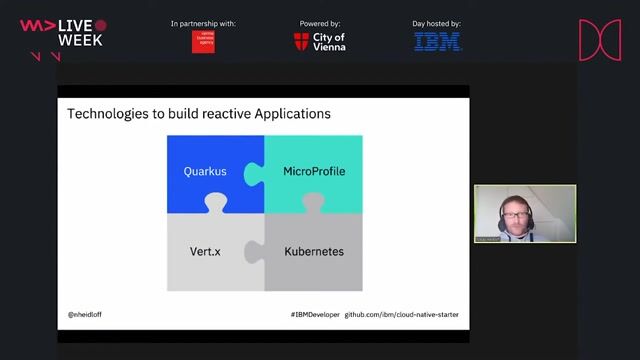
09:27 MIN
Exploring the Quarkus reactive technology stack
Development of reactive applications with Quarkus
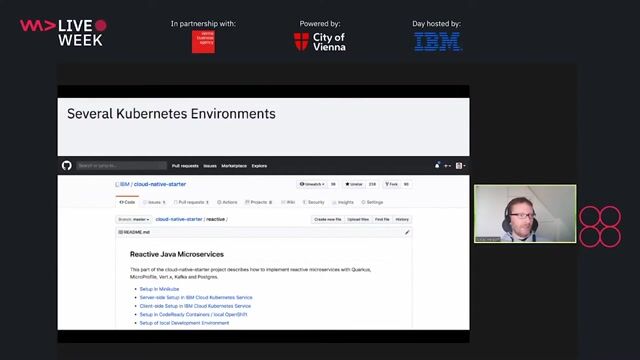
33:43 MIN
Deploying reactive apps and key takeaways
Development of reactive applications with Quarkus
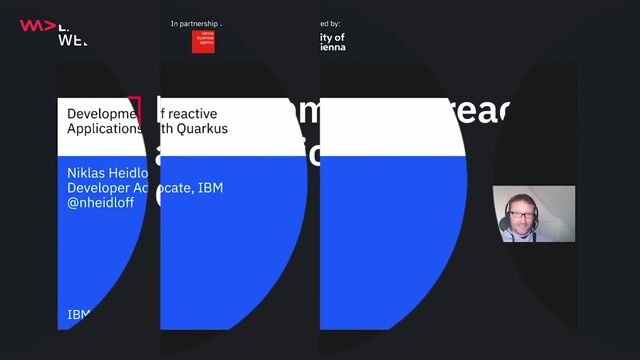
00:17 MIN
Comparing reactive and imperative code performance
Development of reactive applications with Quarkus
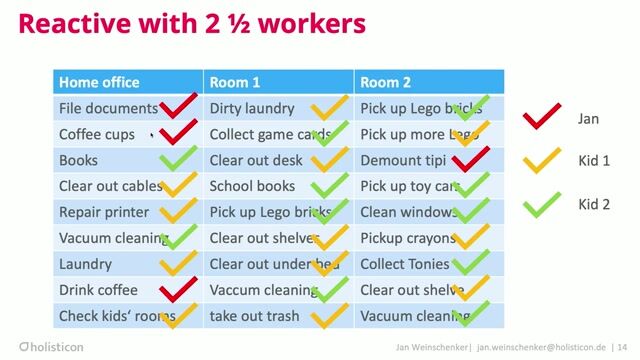
11:08 MIN
Exploring reactive Java frameworks and adoption challenges
Side-by-Side: Reactive vs non-reactive Java

43:46 MIN
Q&A on virtual threads, reactive programming, and Java 21
Introduction and pitfalls of Java's new concurrency model
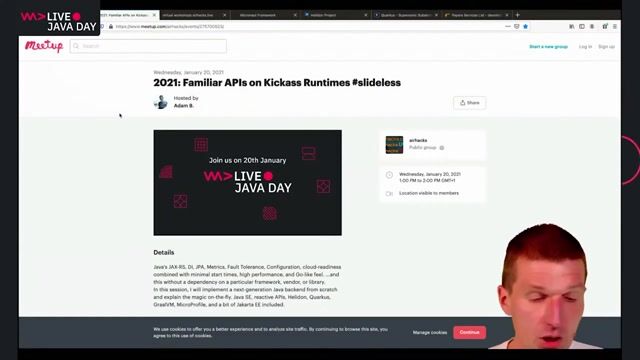
01:00 MIN
The evolution from traditional Java EE to modern runtimes
2021: Familiar APIs on Kickass Runtimes #slideless
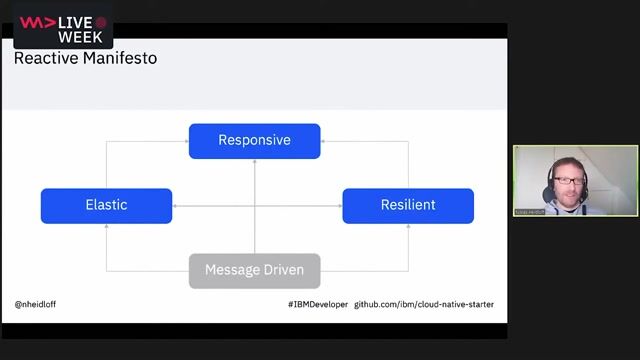
04:28 MIN
Core principles of the reactive manifesto
Development of reactive applications with Quarkus

00:04 MIN
Understanding the core principles of the reactive manifesto
Side-by-Side: Reactive vs non-reactive Java
Featured Partners
Related Videos
 46:24
46:24The Rise of Reactive Microservices
David Leitner
 41:06
41:06Rethinking Reactive Architectures with GraphQL
David Leitner
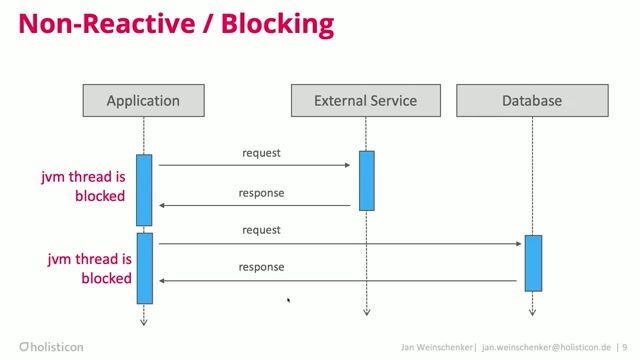 25:41
25:41Side-by-Side: Reactive vs non-reactive Java
Jan Weinschenker
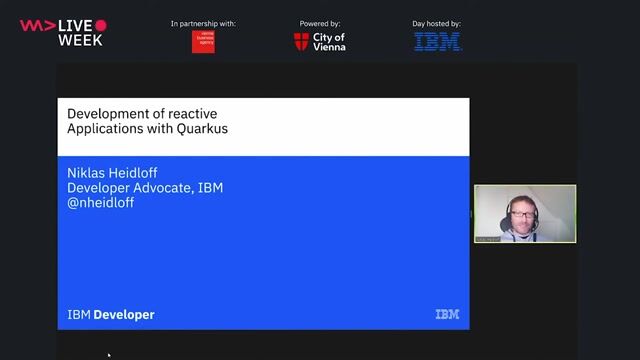 39:10
39:10Development of reactive applications with Quarkus
Niklas Heidloff
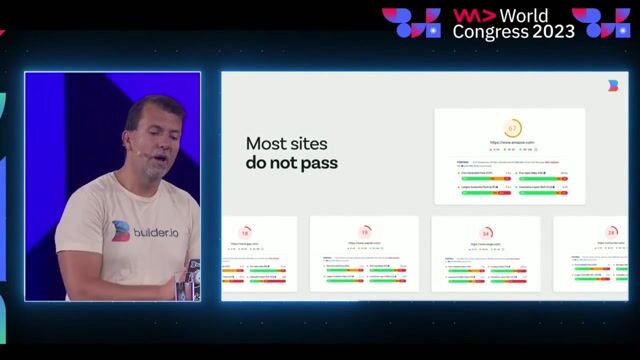 30:59
30:59Qwik: Making sure that easy is same as performant
Miško Hevery
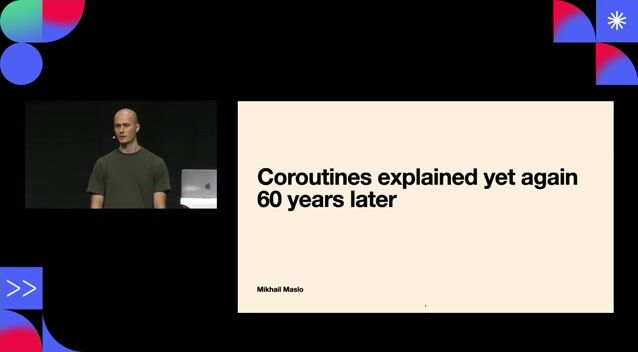 30:43
30:43Coroutine explained yet again 60 years later
Mikhail Maslo
 30:40
30:40What the heck do "declarative" and "reactive" actually mean?
André Kovac
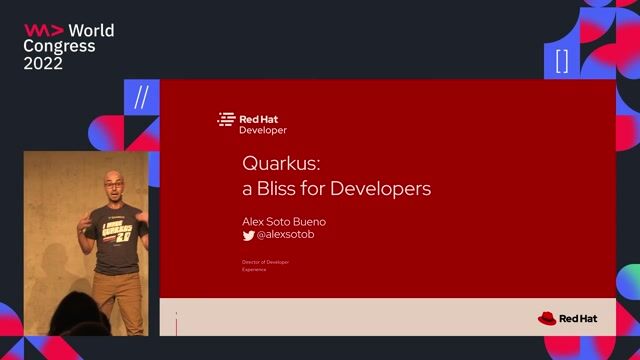 44:40
44:40Quarkus. A Bliss for developers
Alex Soto
From learning to earning
Jobs that call for the skills explored in this talk.
![Senior Software Engineer [TypeScript] (Prisma Postgres)](https://wearedevelopers.imgix.net/company/283ba9dbbab3649de02b9b49e6284fd9/cover/oKWz2s90Z218LE8pFthP.png?w=400&ar=3.55&fit=crop&crop=entropy&auto=compress,format)

Senior Software Engineer [TypeScript] (Prisma Postgres)
Prisma
Remote
Senior
Node.js
TypeScript
PostgreSQL




Programador Java Quarkus - REMOTO
Ad4 Octogono
Municipality of Madrid, Spain
Intermediate
GIT
Java
JIRA
REST
Linux
+11




Senior Full-Stack Engineer (Java Quarkus/Angular, Kafka, Microservices)
Callista Group
Basel, Switzerland
Senior
Java
Kafka
Angular
Microservices


Full Stack Developer: React Java - Rates & Credit Trading
Vertus Partners
Charing Cross, United Kingdom
€125-140K
Java
REST
React
TypeScript
+1


Développeur Java - React Js - Quarkus - Senior - Niort H/F
Mosica
Canton de Niort-3, France
Remote
€50K
Senior
Java
React
Unit Testing




Senior Frontend Developer (React) | Fully Remote
PRAGMATIKE
Municipality of Madrid, Spain
Remote
Senior
CSS
React
Node.js
Selenium
+5


